You spend the vast majority of your time with your pet, but when you finally find "human" love and you decided to take the big step forward and go to live together things might get complicated. The problem arises when you dog starts to behave in an aggressive way with your partner and refuses to accept him as a part of the family. If the dog is jealous of the owner, we absolutely must solve the problem before it becomes more and more serious. Let's see how.
Why does the dog become jealous?
It is certainly not only a matter of great affection, and must ask ourselves what kind of relationship we have established with our dog. Many owners tend to create an exclusive bond with their four-legged friend, who will inevitably feel threatened by the arrival of a child, a boyfriend, a husband, a stranger or anyone else who invades our personal space.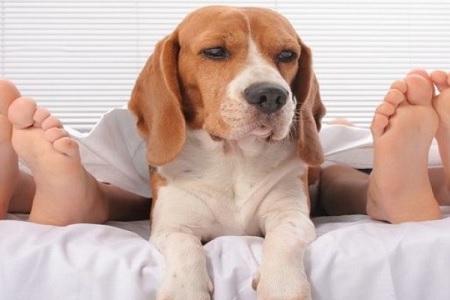
These are some of the causes, indicating the potential enemy as the letter B:
- Your pet is a quiet type, maybe even an elderly one, whilst B is too exuberant and ruins the domestic atmosphere;
- B repeatedly invades your pets spaces whilst eating or sleeping;
- The owner is pregnant and your pet does not let anyone approach;
- Your pet has always slept on the bed.
The problem behind many attitudes of this type is related to a protective instinct that the dog feels he has to put into practice towards anyone approaching the owner. The typical situation is precisely the dog that protects the owner from the husband or the wife.
Some dogs, however, may also be jealous of both owners, but alternately. For example, if we are sitting on the sofa with the dog, he may not want his wife to approach and vice versa.
The reason is that the dog feels threatened in some way and feels the need to express his discomfort by growling.
Some people like to interpret this behaviour by using the theory of dominance as an excuse. Some others prefer to use different terms, such as "accreditation", but in essence the concept is that the dog feels that he is at the risk , just like a child growing up without rules. The result is always great insecurity, which will push him to see threats everywhere.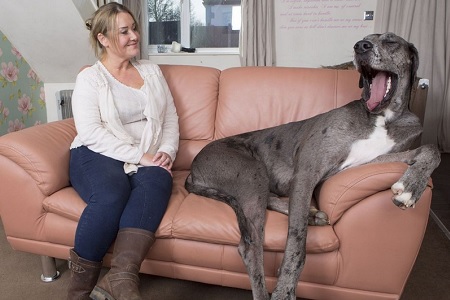
What can I do to help my dog accept other people in the house?
We must absolutely avoid beating the dog. Certain methods are no longer used and accepted, because they go against respect for the animal and are also counterproductive. We want our dog to respect us, not to fear us.
Firstly, let's ask ourselves what our relationship with the dog is like. Have we always slept with him on the bed? Did we always feed them?, cuddles, attention? Are we the only ones to take him out for a walk? Do we defend him against everything and everyone, even when he has inappropriate behaviour?
All these attitudes are harmful to the dog's psychological balance. He must see us as its guide, not as the only human being worthy of trust in his world.
There is nothing wrong with sleeping with the dog on the bed, as long as our four-legged friend behaves in a "normal" way.
If he begins to show aggression against anyone who approaches our bed, it is our responsability to get rid of this habit immediately, giving him a comfortable bed to use in a quiet part of the house.
If we refer to some problems caused by partners, children or other acquaintances, we must follow some simple tips: (remember that B symbolises the person causing the problem in the house)
- When he tries to growl, we should ignore him without even looking at him. Let's avoid touching him, but above all, let's try to avoid caresses or hugs.
- Let the dog spend more time with B, but in a constructive way, for example with a nice walk full of fun, at least once a day, clearly without us;
- Let B take care of the food, filling the dog's bowl and giving him some treats directly from his hands;
- We show B how to interact correctly with our dog, without disturbing him while he sleeps or eats nor annoying him whilst he doesn’t want to be touched;
- We teach B to read the animals non-verbal language, in order to start communicating in the right way;
- Lets find a comfortable and isolated place for our dog to rest without disturbing him. However, he must never lay in his safe spot forever, this would increase its fear instead of facing it;
- Lets avoid playing with our partner in an aggressive way in front of our friends to show them how protective our dog can be in these situations. He might memorize this event as something real and increase the hatred he feels towards B.
Anyways, this type of problems usually needs the presence of a behavioural vet or an educator. They will be able to solve the problem before anyone gets hurt.

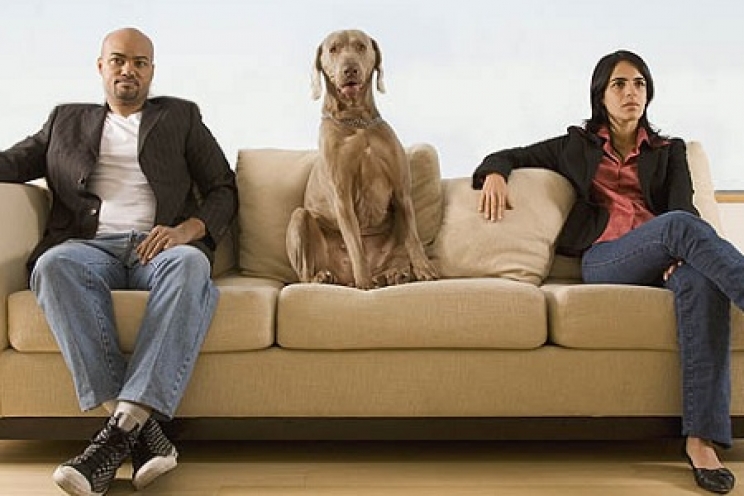
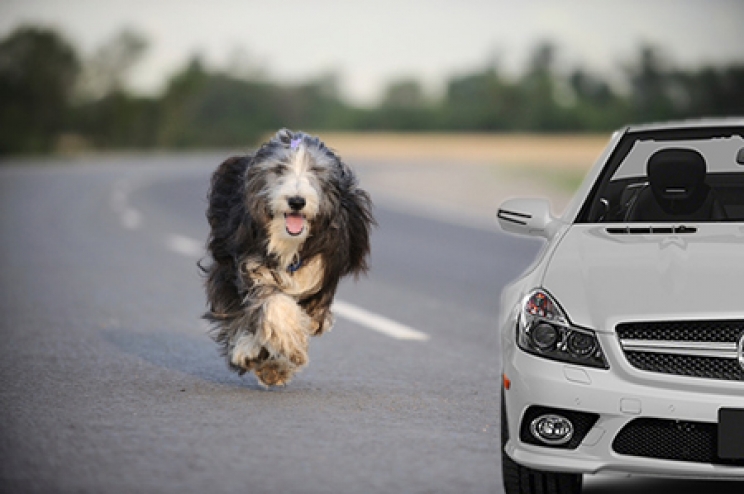
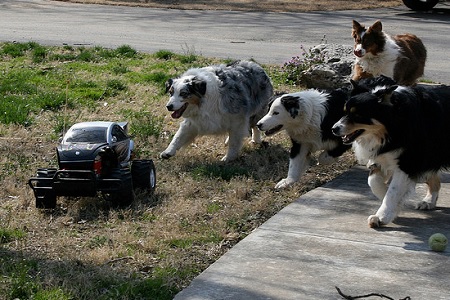
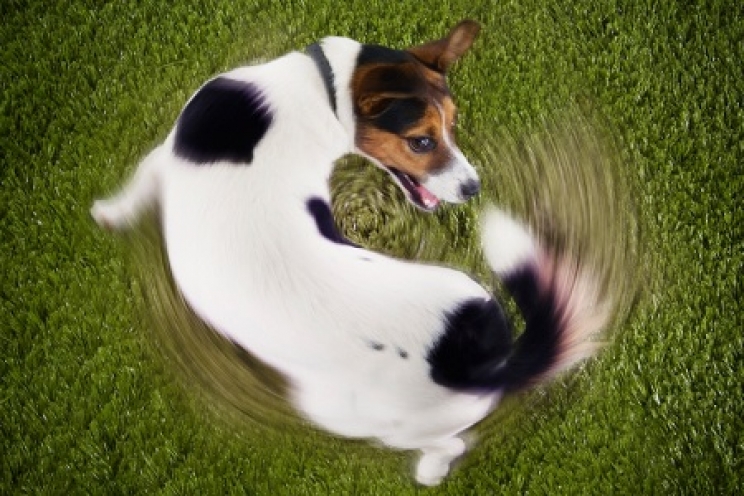
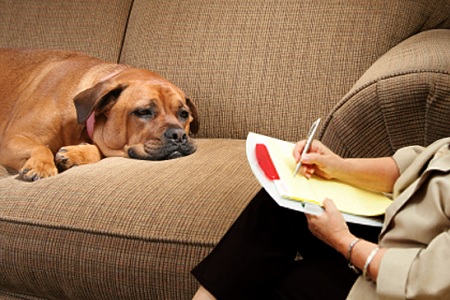
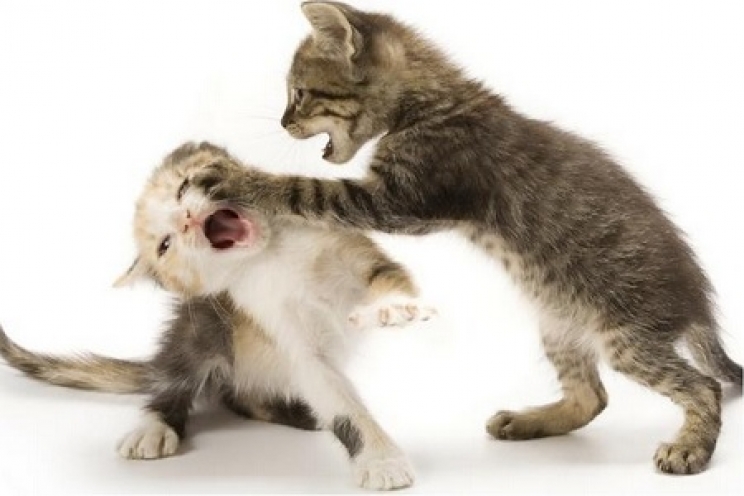
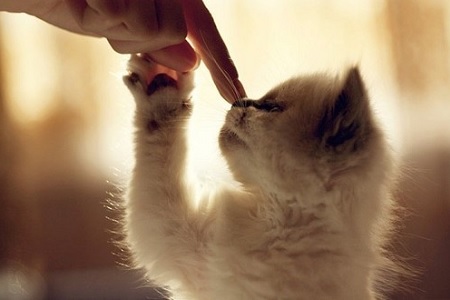
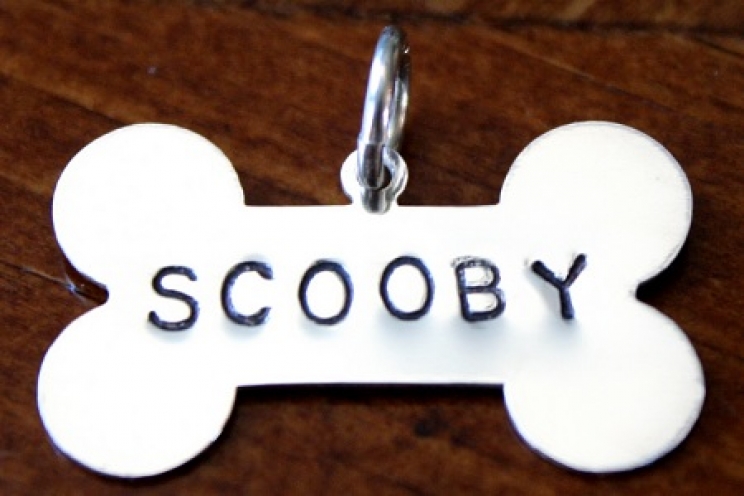
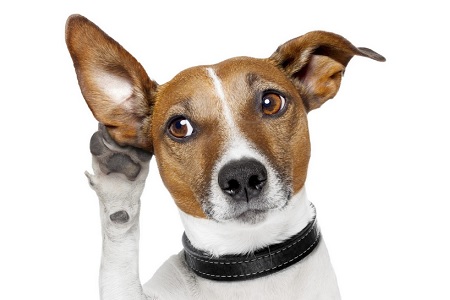
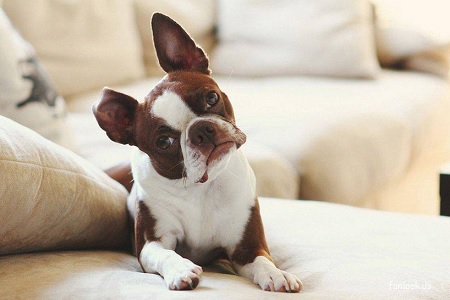
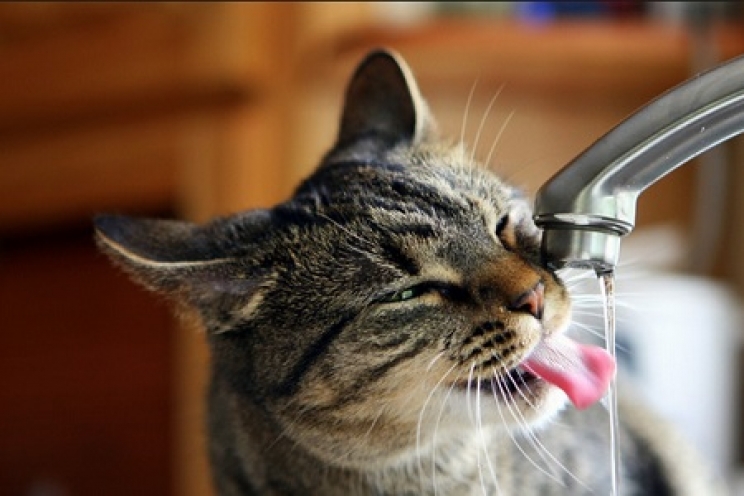
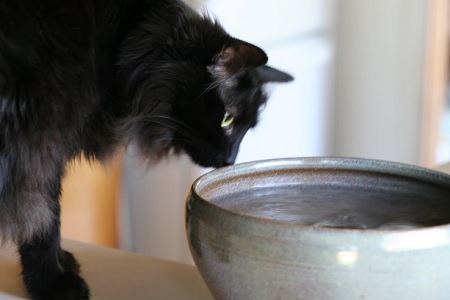
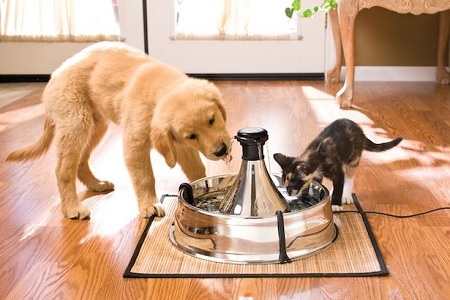 weekly maintenance, to remove hair and any impurities and to ensure a good functioning of the motor.
weekly maintenance, to remove hair and any impurities and to ensure a good functioning of the motor.